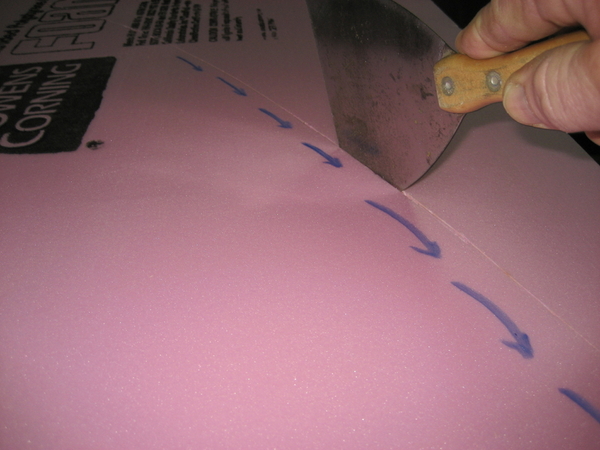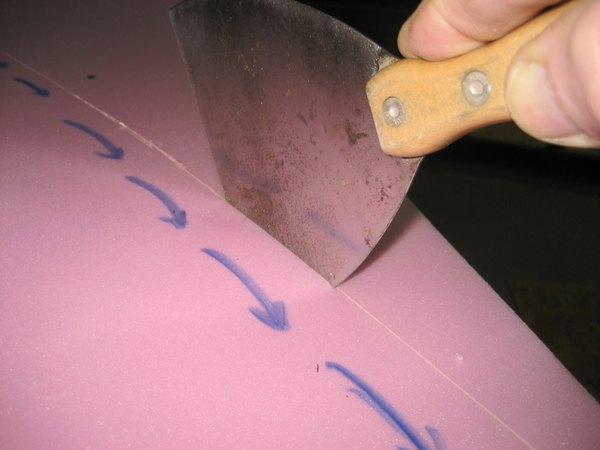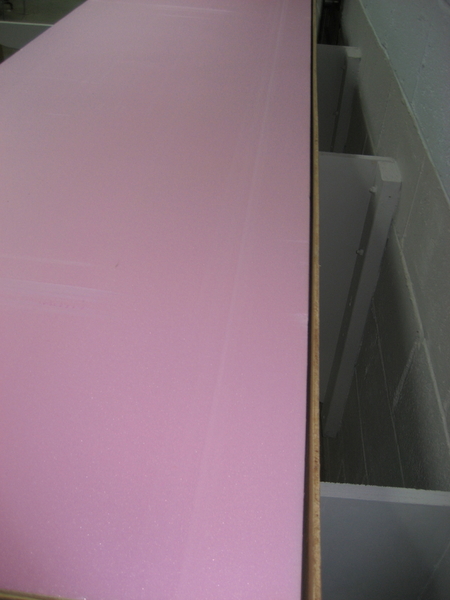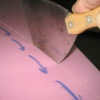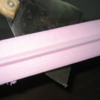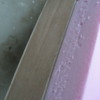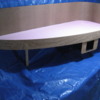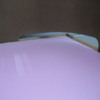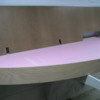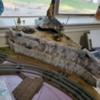Ahhh geez...I guess I got us all wrapped around the axle. Do I have a point? If so, what is it?
Just this: I have had big fun building my layout (mostly) with foam and Gorilla glue. The TOP of the platform is foam. The risers to lift the track up and around curves are all foam. The inner core of most of my scenery is foam (and that which isn't is bendable metal fencing, not wood).
It has been fast and relatively easy. When I have made mistakes or had an epiphany about a modification that I simply MUST have in my track plan, the foam has been simple to change--no saw required.
I have enjoyed working with the sheet foam. I think building the same thing with wood would not have been anywhere near as much fun.
The reason I used 3/8 inch plywood in foam sandwiches that make up my platform is because my benchwork is unconventional. My benchwork is a metal frame around the edges of the layout (see pic). There is exactly ONE LEG in the middle of each major section of the layout. All other layout legs are attached to the metal frame at the edges. You can look under the layout and see wide open spaces instead of a forest of legs and woodwork. But the metal frame benchwork is a one-off. It would be hard for anyone to replicate. I had the frame and I used what I had. Most folks would not have a huge, steel, bridal-show display frame laying around <grin>!
Finally, my opinion is that L-girder benchwork with 1x2's or whatever for legs is obsolete. It is time-consuming, costly (wood prices these days!), and far less flexible than a platform supporting foam risers, foam-topped flat spaces and foam scenery.
Don Merz




